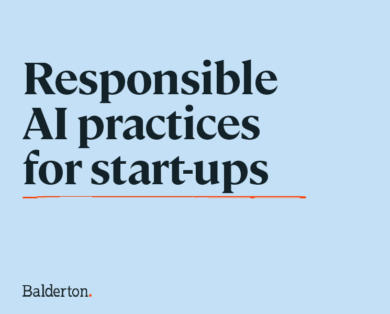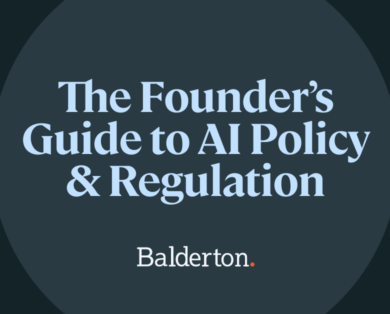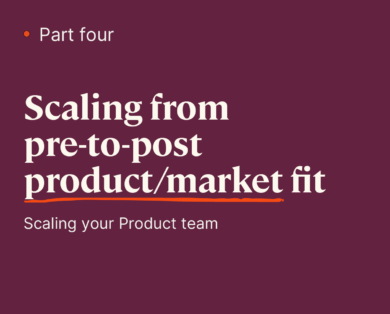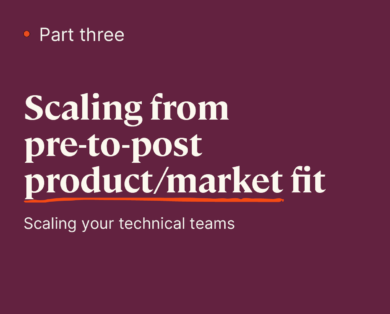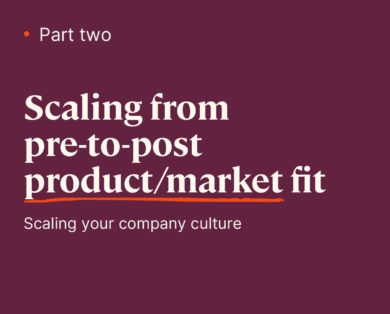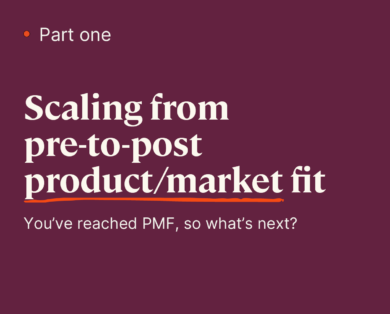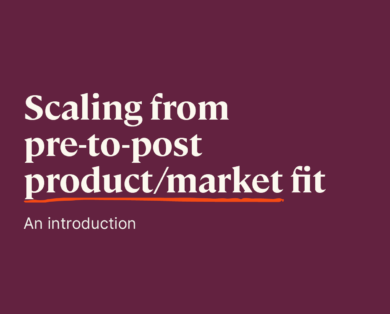- 15 January, 2025
In this post, I’ll address how to develop your core messaging, the key messages you communicate about who you are and what you do:
- On the about-us page of your website
- In the boilerplate of your press releases
- To a prospect in a sales process
- With a candidate who you’re recruiting
- To an investor during fundraising
This post is based loosely on ideas from several, different posts I’ve written on Kellblog, but is a new work that integrates and up-levels those ideas while incorporating some new ones.In a world of multitasking readers, distracted journalists, overworked prospects, sought-after candidates, and swamped investors it’s more important than ever to communicate these basic messages quickly and clearly. To paraphrase the Blaise Pascal quote, when it comes to core messaging, you’re going to need to take the time to write the shorter letter.
To do that, you need to know three things:
- Know who you’re talking to
- Know what you want to say
- Know how to say it
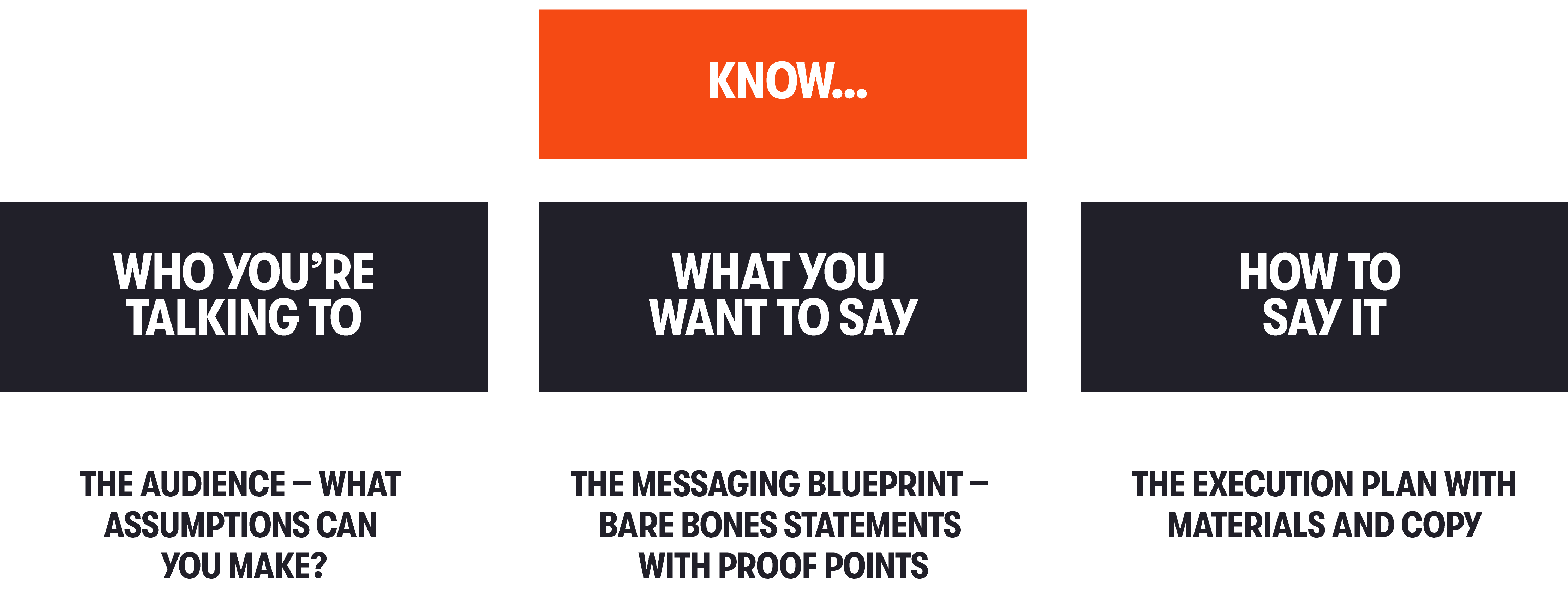
Know Who You’re Talking To
Before trying to communicate anything, you have to know the audience. While it’s easy to make hopelessly broad audience assumptions that degenerate to anyone who can fog a mirror (e.g., “Fortune 1000 executives”), it’s equally easy to accidentally crush yourself under the weight of trying to build specific messaging for a dozen different personas.
Often in marketing communications, you can make helpful, narrowing assumptions, such as assuming the audience is:
- Existing customers, for the new minor release data sheet
- Retail marketing executives, for the presentation at a retail marketing forum
- Technology investors, for the one-paragraph brief in an investor conference program
When it comes to your core messaging, however, the audience is both heterogeneous and broad. It includes:
- Prospects and customers, across a broad spectrum of roles and experience
- Employees and candidates
- Journalists, analysts, and influencers across the trade and business media
- Investors and potential investors, including both those actively engaged and just-tracking
- Partners, both prospective and existing
The about-us page, even if accessed via a small, text link tucked in the top right corner of your homepage, is likely to be one of the most trafficked pages on your site. Given the breadth of the audience for your core messaging, it can be useful to define both who they are and what you expect them to know.
For example, the audience assumptions for the about-us page of a disruptive database software vendor might include:
- Basic understanding of database systems
- Knowledge of major vendors like Oracle and MongoDB
- Heard of time series data, but doesn’t understand it or its importance (which might additionally lead you to build something like this)
Using these assumptions, we might describe ourselves simply as a database vendor then spend our precious words motivating the need for time-series data storage and why it fails in traditional systems. That is, we explain the difference between a 747 and Cessna without explaining what an airplane is, which is likely to bore the reader and result in a dreaded click on the Back button.
Start by brainstorming a long list of audience knowledge assumptions and then cut it down to the few that matter most. Ultimately, this exercise helps you level the message, so you neither unnecessarily explain fundamental concepts nor run off and leave your audience behind.
Know What You Want to Say
Just as you shouldn’t build a house without a blueprint, you shouldn’t build your website, your corporate presentation, or any other marketing deliverable without first building a messaging blueprint.
A messaging blueprint is an unformatted, un-wordsmithed document that lays out, in bare-bones fashion, what you want to say and your proof points to support it. You can also use the blueprint to document why you want to say something because the reasons are not always obvious and sometimes people forget.
Avoid accidentally turning the blueprint into a house — do not address how you want to say things. Save that for later. In building the blueprint you should put all your energy into what and why. Avoid how because it’s both a conceptually different exercise and an enormous potential rathole where, once having entered, executives can find themselves endlessly debating hyphenation or the Oxford comma, having completely forgotten the point of the messaging exercise.
Below is an example of a messaging blueprint fragment for a company that wants to answer the question, “Why should a customer do business with your company?” (question 14, below) with: pioneer, market leader, and values-driven.
Messaging Blueprint Fragment: Company
| Pioneer |
| Technology leadership important to buyer for ongoing advantage |
| Market leader |
| IT buyer values safe choice in new category |
| Values-driven |
| Impact is important to buyers and employees |
Few companies actually build blueprints and instead try to use the latest deliverable (e.g., investor presentation, latest CEO speech) as a working blueprint. This rarely works in practice and is a recipe for inconsistency across your communications. Take the time to make and update a blueprint. Make it a collaborative document and share read privileges widely.
Your core messaging blueprint is a structured FAQ that answers these questions:
- What is it? (category name)
- Who is the target customer? (target market)
- What problem do you solve for them? (target use-case)
- How do they solve that problem today? (current solution)
- Why is your solution superior to the status quo? (advantages)
- Where do you fit in the market? (positioning)
- What is your metaphor for who you are in the market? (e.g., the AirBnB of remote work, the New Relic of data)
- At a product level, what makes you different from your competition? (differentiation)
- What customers use your product? (customers)
- What benefits do they get from it? (benefits)
- What is your company’s vision? (vision)
- Where did the idea for your company come from? (origin story)
- What’s special about your organization? (values or culture)
- Why should a customer do business with your company?
Every marketing deliverable does not need to contain the answer to every question in the blueprint! That’s not the point. The point is to drive consistency across deliverables so that if you decide to discuss your positioning, vision, or benefits on your about-us page, in your boilerplate, and in your corporate presentation, that they are communicated the same way in each of those deliverables. You’d be shocked at how many companies fail this simple test, communicate inconsistently, and generate confusion as a result.
Making a messaging blueprint is hard work, both art and science.
The science comes from agonizing over the answers to each individual question and, when those answers are complex, structuring them as message trees, a 3×3 structure that allows you to capture nine points by grouping them into three groups of three.
The art comes from looking at the blueprint holistically, deciding what goes where, so that the individual answers all work together. For example, if your product is the fastest in the market is that 6 (positioning), 8 (differentiation), or 11 (vision)? In my experience, those questions are the hardest.
Know How To Say It
Once the founders and executive staff, often along with product marketing, have finalized the blueprint, marketing is ready to execute. That means using the blueprint to guide the creation of marketing deliverables such as web pages, presentations, demos, campaigns, sales training, blogs, contributed articles, and more.
The great thing about having a blueprint is that it’s quick and easy to brief new marketers and agencies on your standard messaging. Sometimes, however, people get so excited about the blueprint that they think the only purpose of marketing is to communicate the blueprint. That’s not true. While the core messaging blueprint should be very useful in creating your PR boilerplate or your about-us page, remember that the core messaging blueprint is only half of the marketing equation: it reflects what you want to say; not necessarily what the audience wants to hear.
The art of building marketing campaigns is what bridges that gap. Using a movie theatre metaphor, if you want to fill the theatre, you need to put “what they want to hear” on the marquee and then show a movie about “what you want to say” once they’re inside. This won’t work unless the movie is good and the bridge between the marquee and the movie is clear. But it’s the formula behind most marketing.
| What They Want to Hear | What You Want to Say |
| Help me build muscle mass | Drink our protein powder |
| Help me with IoT monitoring | Use our time-series database |
| Help me reduce attrition | Use our employee experience platform |
How do you make a good movie? Or, how do you take the combination of market research to determine buyer priorities (i.e., things they want to hear about) and your messaging blueprint to produce great marketing campaigns and content? That’s the domain of hiring skilled marketers and letting them do their jobs.
You’ll find they do them better, faster, and with more creative freedom, when you separate the what and the why from the how when it comes to creating marketing deliverables.
The production of marketing deliverables has four layers as depicted below
| Area | Duties | Before | After |
| Design | Graphics, Layout |
| Content-driven Brand consistent |
| Product marketing | Structure | Unstructured lists | Message trees |
| Copywriting | Sentences Style & Voice | “#97 on the Software Top 100” | “A Software Top 100 Company” |
| Messaging | Words |
| Mindful Consistent |
- Messaging is about picking which questions to answer and then answering them in standard, bare-bones format. The key skills are largely suffering and perfectionism — how many times can you iterate on each answer and on how the answers fit together as a whole? Knowledge of the product, the customer, and the competition is key.
- Copywriting is about taking messages and building paragraphs. A good copywriter turns “#97 on the Software Top 100” into “A Software 100 Top Company.” It’s the same message, but the second way of saying it is infinitely superior to the first. Copywriters also maintain the consistency of your corporate voice and style. So you sound like you.
- Product marketing is about structure. Taking complicated feature/benefit messaging and structuring it via message trees to create simple, memorable messages that can drive both marketing content and sales conversations.
- Design is about creating graphics to illustrate the message visually and laying out content in a form that helps communicate the message. Both so it’s clear and so you look like you.
Summary
In this post, I’ve discussed how to develop a marketing message, specifically how to:
- Start with your audience, by documenting who they are and some high-level assumptions about their existing state of knowledge.
- Determine what you want to say, by creating a messaging blueprint that answers, in a bare-bones format, the fourteen key questions you expect your audience to ask.
- Pass that blueprint to skilled marketers and allow them to both bridge across the hear-say gap and create deliverables that are well-crafted at all four layers of the communications stack.
 DAVE KELLOGG
DAVE KELLOGG 

